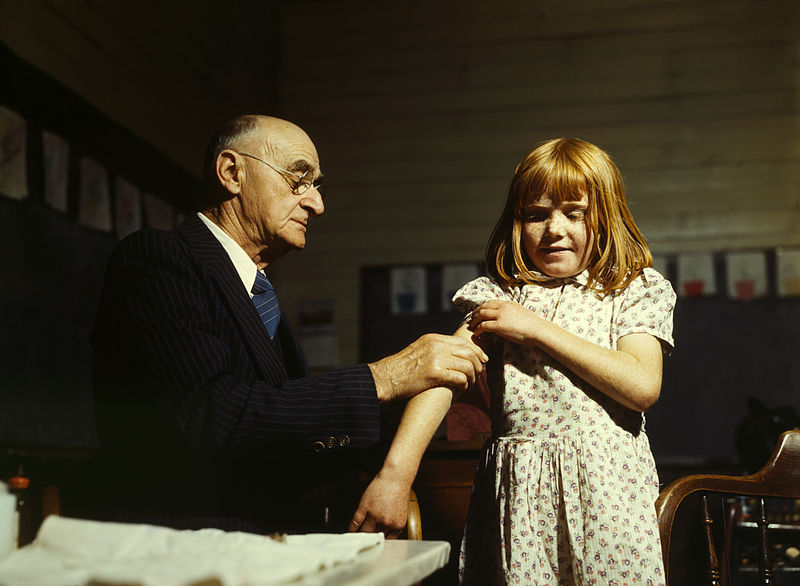|
|
Post COVID-19 condition (long COVID)
These symptoms might persist from their initial illness or develop after their recovery. Symptoms can be mild to severely debilitating, and affect someone’s capacity to work, perform their daily activities or do exercise. With increasing understanding of post COVID-19 condition, some clinical patterns have become clearer.
Coronavirus - World Health Organization (WHO)
Coronavirus disease (COVID-19)The virus can spread from an infected person’s mouth or nose in small liquid particles when they cough, sneeze, speak, sing or breathe. These particles range from larger respiratory droplets to smaller aerosols. It is important to practice respiratory etiquette, for example by coughing into a flexed elbow, and to stay home and self-isolate until you recover if ...
Human metapneumovirus (hMPV) infection
Human metapneumovirus usually causes cold or flu-like symptoms. However, how sick a person gets depends on many things, including their overall health. Also, since viruses can evolve, their severity may change. WHO works with global experts to monitor these changes.
Anxiety disorders - World Health Organization (WHO)
WHO fact sheet about anxiety disorders, including information on symptoms, contributing factors, prevention, diagnosis, treatment, self-care and WHO's work in this area.
Shingles (herpes zoster)
WHO fact sheet on shingles (herpes zoster), including key facts, risk factors, symptoms, transmission, diagnosis, treatment and WHO response.
Coronavirus disease (COVID-19)
WHO fact sheet on coronavirus disease (COVID-19), including symptoms, treatment, prevention and WHO's response.
Mononucleosis (glandular fever)
Mononucleosis, often called glandular fever, mono or the kissing disease, is a common illness, especially among teens and young adults.
Chronic obstructive pulmonary disease (COPD)
WHO fact sheet on chronic obstructive pulmonary disease (COPD) provides key facts and information on symptoms, diagnosis and treatment, risk factors and WHO response.
Dengue - World Health Organization (WHO)
WHO fact sheet on dengue, providing information on symptoms, diagnostics and treatment, global burden, transmission, risk factors, prevention and control and WHO's work in this area.
Diabetes - World Health Organization (WHO)
Diabetes factsheet from WHO providing key facts and information on types of diabetes, symptoms, common consequences, economic impact, diagnosis and treatment, WHO response.
|






